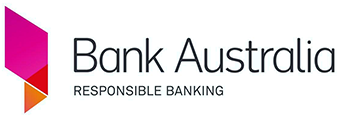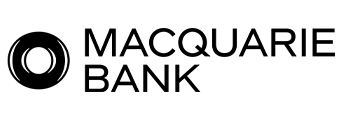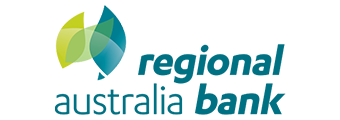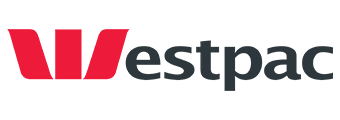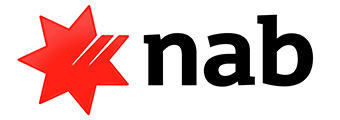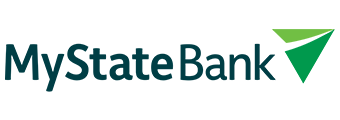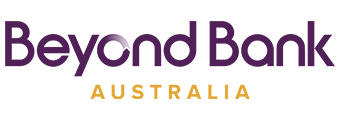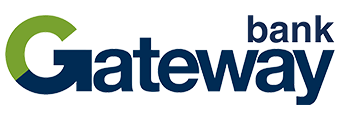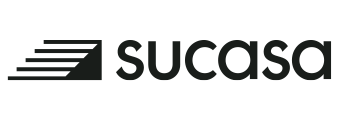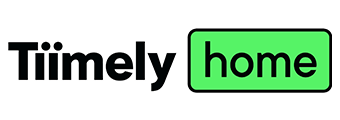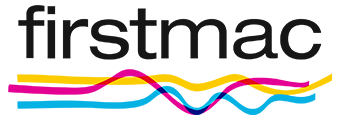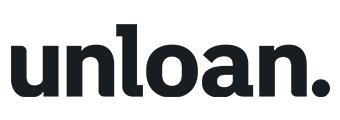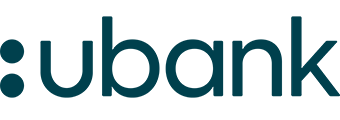| Lender | Home Loan | Interest Rate | Comparison Rate* | Monthly Repayment | Repayment type | Rate Type | Offset | Redraw | Ongoing Fees | Upfront Fees | Max LVR | Lump Sum Repayment | Extra Repayments | Split Loan Option | Tags | Features | Link | Compare | Promoted Product | Disclosure |
|---|---|---|---|---|---|---|---|---|---|---|---|---|---|---|---|---|---|---|---|---|
5.29% p.a. | 5.33% p.a. | $2,773 | Principal & Interest | Variable | $0 | $530 | 90% |
| Promoted | Disclosure | ||||||||||
5.24% p.a. | 5.29% p.a. | $2,758 | Principal & Interest | Variable | $0 | $1,100 | 80% | Disclosure | ||||||||||||
5.38% p.a. | 5.38% p.a. | $2,801 | Principal & Interest | Variable | $0 | $0 | 70% | |||||||||||||
5.39% p.a. | 5.42% p.a. | $2,805 | Principal & Interest | Variable | $0 | $350 | 60% | |||||||||||||
5.40% p.a. | 5.41% p.a. | $2,808 | Principal & Interest | Variable | $0 | $0 | 80% | |||||||||||||
5.43% p.a. | 5.46% p.a. | $2,817 | Principal & Interest | Variable | $0 | $845 | 80% | |||||||||||||
5.39% p.a. | 5.65% p.a. | $2,805 | Principal & Interest | Variable | $248 | $350 | 80% | |||||||||||||
5.49% p.a. | 5.55% p.a. | $2,836 | Principal & Interest | Variable | $0 | $835 | 80% | |||||||||||||
5.49% p.a. | 5.53% p.a. | $2,836 | Principal & Interest | Variable | $0 | $550 | 80% | |||||||||||||
5.29% p.a. | 5.30% p.a. | $2,773 | Principal & Interest | Variable | $0 | $0 | 70% | |||||||||||||
5.54% p.a. | 5.55% p.a. | $2,852 | Principal & Interest | Variable | $0 | $100 | 70% | |||||||||||||
5.49% p.a. | 5.89% p.a. | $2,836 | Principal & Interest | Variable | $395 | $350 | 70% | |||||||||||||
5.34% p.a. | 5.47% p.a. | $2,789 | Principal & Interest | Variable | $10 | $450 | 60% | |||||||||||||
5.59% p.a. | 5.72% p.a. | $2,867 | Principal & Interest | Variable | $10 | $150 | 80% | |||||||||||||
5.64% p.a. | 6.02% p.a. | $2,883 | Principal & Interest | Variable | $395 | $0 | 70% | |||||||||||||
5.69% p.a. | 5.70% p.a. | $2,899 | Principal & Interest | Variable | $0 | $0 | 70% |
About owner occupied home loans
Looking for your slice of the 'Great Australian Dream'? An owner occupied home loan could help you buy a home to live in.
Whether you're a first home buyer or planning to refinance, if your goal is to live in a property funded by a mortgage, you're probably shopping for a competitive owner occupier home loan.
Owner occupiers account for the majority of home loan borrowers, according to Australian Bureau of Statistics (ABS) data. They typically outnumber investors by a considerable margin.
And numbers aren't the only thing owner occupiers have over investors. Owner occupied home loans generally have lower interest rates than investment loans, as investors represent a larger risk to lenders.
How to find a competitive owner occupier home loan
Finding the best home loan to fit your needs can seem like a daunting task, but it doesn't have to be difficult.
Ultimately, most borrowers would do well to secure the lowest rate home loan they're eligible for, that also offers features that compliment their financial habits.
Let's go through how a borrower might assess each of these factors to identify the best home loan for them.
How to identify a winning interest rate
Interest rates fluctuate all the time, with lenders often competing to advertise market-leading rates.
For that reason, it's important to evaluate the market before signing onto any particular mortgage product.
The above table depicts the interest rates on offer right now from dozens of lenders, allowing you to see what's going on the market with ease.
Then, using our sort functions, you can find the lowest rate on offer for borrowers in your circumstance, whether you're buying your first home with a 5% deposit or you're refinancing your family home.
What features to look for in a home loan
The proper use of the right features could save an owner occupier mortgage-holder tens of thousands over the life of their loan.
Some features that could help you save money include offset accounts, redraw facilities, and the ability to make extra repayments.
There are an abundance of features offered in various combinations by fistfuls of home loan lenders, many of which could help you pay your home loan off sooner and save you money.
Though, home loans with certain features can be more expensive than those without, so it's important to weigh the benefits against the costs.
Some common home loan features include:
-
Redraw facility
A redraw facility allows access to any additional repayments a borrower makes on their loan. This feature could be useful for budget-conscious owner-occupiers saving for a renovation, a property investment, or another big purchase. -
Offset account
An offset account works like a transaction account but the funds kept within it are also offset against the principal balance of a home loan, saving a borrower interest. -
Split interest rate
Interest rates come in two types - fixed and variable. By splitting their interest rate into a fixed portion and a variable portion, a borrower could save on interest and enjoy greater peace of mind.
Red flags to keep an eye out for
While exploring home loan options, it's essential to stay vigilant for potential pitfalls.
One way to stay vigilant is to keep an eye on a product's comparison rate. The comparison rate takes not only the interest rate into account, but also any additional fees and charges that a borrower might face.
Other red flags to watch out for include:
-
Hidden fees
Ensure you understand all the fees associated with the loan, including application fees, ongoing fees, and exit fees. -
Introductory rates
Be cautious of loans that offer low introductory rates that revert to much higher rates after an initial period. -
Loan conditions
Read the fine print and understand any conditions that may apply, such as restrictions on making extra repayments or penalties for early repayment.
By carefully evaluating these factors and staying informed about the latest market trends, you can make a well-informed decision and secure a home loan that meets your needs and financial goals.
Frequently Asked Questions
To provide more insights that could help you, here are answers to some frequently asked questions about owner occupied home loans.
There are a few key ways you can save on your owner occupied home loan repayments, including:
- Finding a more competitive interest rate
- Making more frequent repayments
- Turning to loan features such as an offset account
- Securing a loan with lower fees
Owner occupied home loans typically have certain terms and conditions that restrict a borrower from renting out their property.
If you sign on to an owner occupied home loan and later decide to rent your property out, you may need to let your lender know.
Generally, you can’t have more than one owner occupied home loan.
Most lenders will only provide you with an owner occupied home loan if you’re buying or refinancing your principal place of residence (PPOR), of which you can only have one.
If you want to buy another property or a holiday home, you'll likely need to take out an investment home loan to do so.
Owner occupier home loans offer a few key advantages over investor home loans.
Typically, owner occupied home loans offer lower interest rates than investor home loans. Additionally, you may be able to buy with a smaller deposit, with many lenders allowing owner occupiers to enter the market with a 5% deposit (and Lenders Mortgage Insurance), compared to the 10% deposit normally required by investors.
Latest Home Loan Lenders' Interest Rates
Looking for a specific Home Loan Provider? Explore the brands we compare to see a list of their products, rates and features.

Get help finding
the right home loan
Not sure which type of loan is best for your needs?
Your Mortgage can help you find out.


